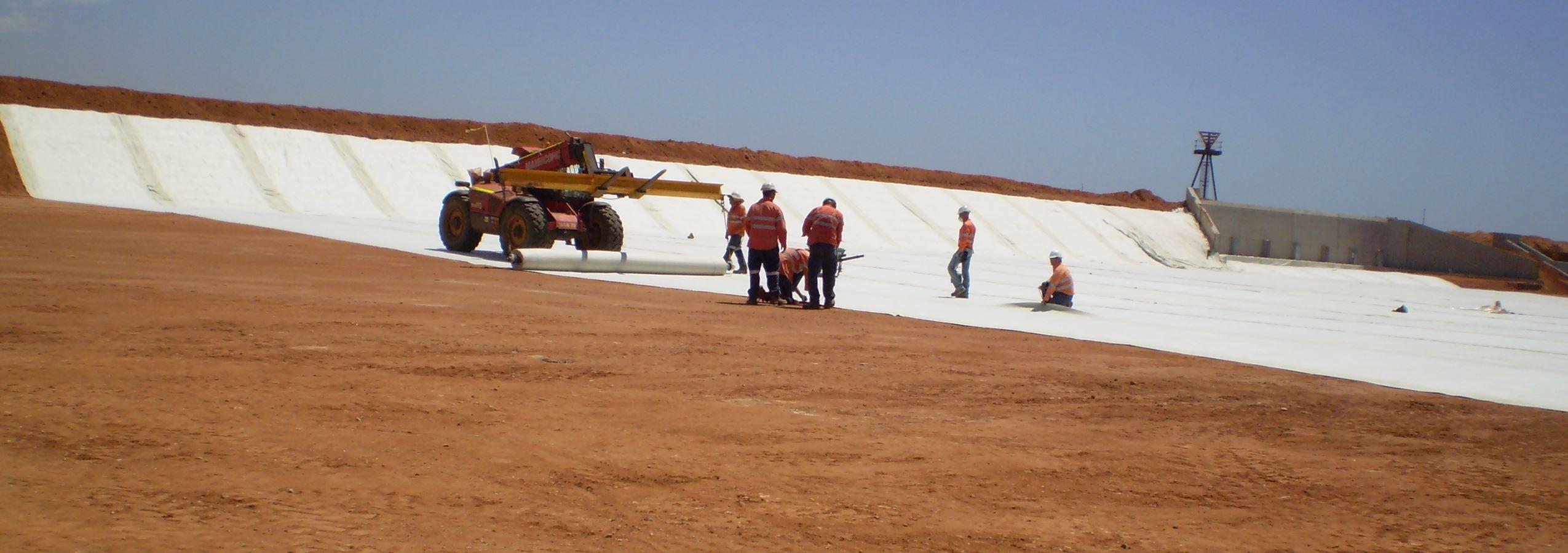Understanding the basics of Geogrids
The selection of the appropriate geogrid is a function of the application. So many people forget the basics and get confused by manufacturers quoting properties of irrelevance.
1. Application can generally be thought about in terms of time of duration of loading. Stabilisation and reinforcement for paved roads is a short term load situation. While , retaining structures are designed on the basis of long term loading.
Geogrids are made from different polymers and some polymers are more efficient for different loading conditions. Use polypropylene based geogrids for short term loading conditions and polyester based geogrids for long term loading conditions. It is all in the glass transition temperature of each polymer, but that is another lesson.
2. Should I use a biaxial or uniaxial geogrid? In applications of pavements then a biaxial geogrid is the correct selection as the loads in such structures are generally longitudinal and transverse to the structure. For applications of reinforcement in slopes and walls then the load is predominately transverse to the direction of the wall length. Biaxial geogrids have equal strength both along the roll length and across the roll width. Uniaxial geogrids have a dominant strength in the roll length direction.
3. Product data sheets should express the quoted mechanical values of the geogrid with some statistical confidence. Generally these are expressed with a 95% confidence. This means that in all cases the rolls supplied should meet or exceed the stated property values in 95% occasions when tested.
4. Does the shape of the geogrid aperture matter? No, this is not important. The square aperture has proven to be very effective in applications of pavement stabilisation. In fact the square aperture has been shown to deliver higher strength radially than so called radial geogrids with triangular apertures.
5. Is it important that the geogrid is made from virgin polymers? Yes, this is very important to ensure consistency of manufacture and thereby consistency in product performance. Any supplier of geogrid must demonstrate the source and base properties of the polymers used as well as long term property values and a demonstrated in field performance history. Just because two geogrids look the same does not guarantee the same performance.
Geogrids are highly effective in reducing pavement depths through subgrade support or increasing the service life of a pavement. Additionally, geogrids may be used in applications of retaining structures or soil reinforced slopes. The correct selection of the appropriate geogrid will ensure that the finished structure performs as intended. Global Synthetics can advise you on the most appropriate geogrid for your application.

